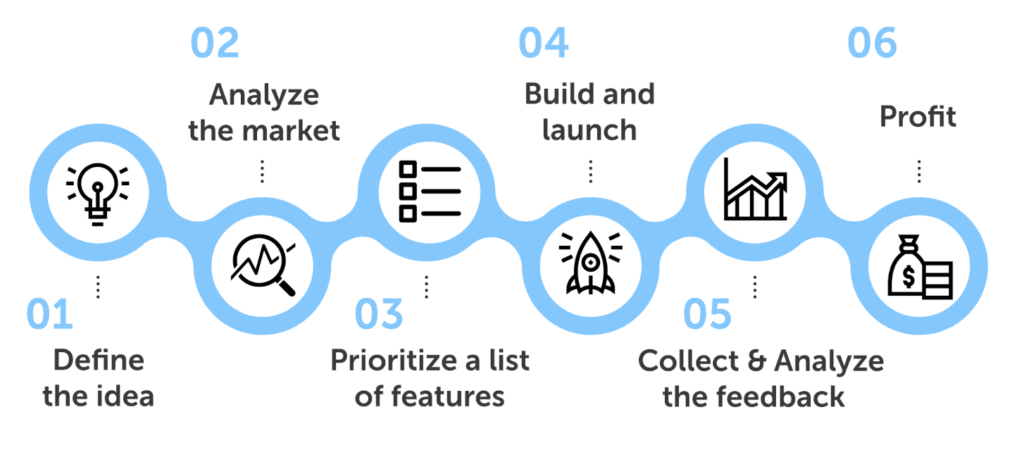Understanding MVP (Minimum Viable Product) Development
In the world of product development, the concept of a Minimum Viable Product (MVP) has gained significant attention. MVP development is an iterative approach that focuses on building a product with the minimum set of features required to satisfy early users and gather valuable feedback. In this article, we will delve into the essence of MVP development, discuss the do's and don'ts, and explore the advantages it offers for product success.
What is a Minimum Viable Product?
A Minimum Viable Product (MVP) is a version of a product that encompasses the core features and functionalities needed to address the target audience's pain points. It is not a half-baked or low-quality product, but rather a strategic approach to validate assumptions, learn from users, and iterate towards an enhanced solution. An MVP serves as the foundation for gathering feedback, testing hypotheses, and making informed decisions for future product development.
The Benefits of MVP Development
MVP development offers numerous benefits for both startups and established businesses. By focusing on the essential features and releasing the product quickly, the benefits include:

Advantages of MVP Development
- Fast Time-to-Market: MVP allows for rapid development and release, enabling early market entry.
- User-Centric Approach: By involving users from the beginning, MVP development ensures that the product meets their needs and expectations.
- Iterative Improvement: Feedback from early users helps iterate and refine the product, reducing the risk of building unwanted features.
- Cost and Resource Efficiency: Developing an MVP saves time, effort, and resources by focusing on essential features and avoiding unnecessary development.
- Reduced Risk: By validating assumptions and gathering feedback early on, MVP development reduces the risk of building a product that fails to gain traction in the market.
The Do's of MVP Development
- Identify the core problem or pain point that the MVP aims to solve.
- Define clear objectives and success criteria for the MVP.
- Focus on the minimal set of features that address the core problem.
- Keep the user experience simple, intuitive, and accessible.
- Regularly collect and analyze user feedback to inform iterative improvements.
- Plan for scalability and future enhancements based on user feedback and market validation.
The Don'ts of MVP Development
- Avoid feature bloat by including unnecessary functionalities in the MVP.
- Avoid rushing the development process without proper planning and user validation.
- Avoid overlooking the importance of user feedback and insights.
- Avoid neglecting the scalability and extensibility aspects of the MVP.
- Avoid ignoring the competition and market trends while developing the MVP.
Advantages of Implementing an MVP Approach
- Early market validation to ensure product-market fit.
- Reduced development costs and increased resource efficiency.
- Accelerated learning and ability to make data-driven decisions.
- Opportunity to engage early adopters and build a loyal user base.
- Increased investor and stakeholder confidence due to tangible progress.
“The goal of MVP development is to deliver a functional product with a minimal set of features that solves a specific problem or addresses a core need of the target audience.”
Embracing MVP for Successful Product Development
In conclusion, MVP development is a powerful approach that allows businesses to validate their ideas, engage early users, and build successful products iteratively. By focusing on essential features, gathering user feedback, and making data-driven decisions, companies can reduce development risks, save resources, and increase the chances of delivering products that truly meet customer needs. Remember to follow the do's and avoid the don'ts of MVP development to maximize its effectiveness. Embrace the MVP mindset and set your product on the path to success.

